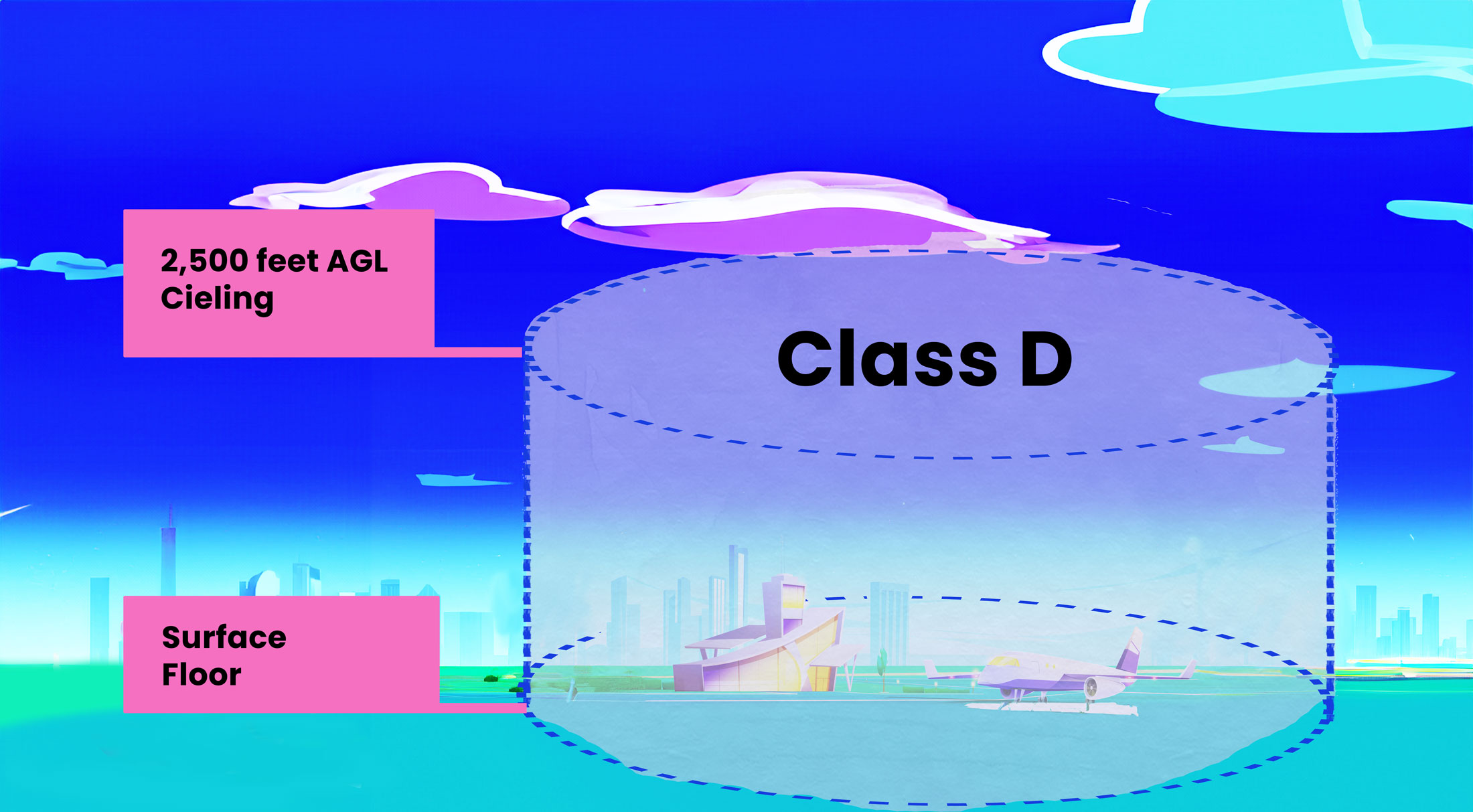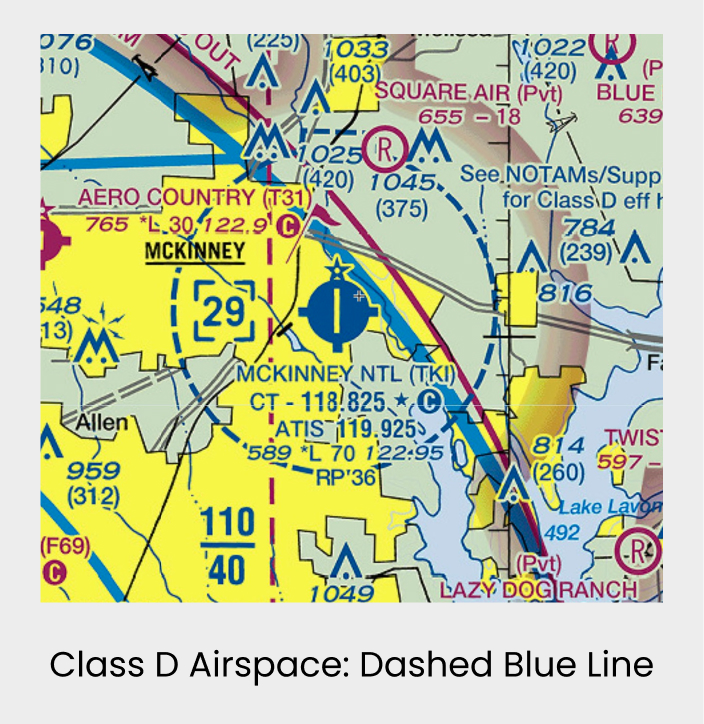
Key Notes:
Associate “G” with “Ground Level.” Class G airspace often extends from the surface to either the base of Class E airspace or the base of controlled airspace, making it essentially uncontrolled or “Ground Level” airspace.
Study Guide
Controlled Airspace Defined
Air Traffic Control (ATC) Provided
Controlled airspace, where air traffic control services regulate and manage the flow of air traffic, plays a pivotal role in ensuring safe and organized flight operations. I
Definition: Controlled airspace is the airspace where air traffic control services are provided. ATC is responsible for managing the safe and orderly flow of air traffic within this space.
ATC Services: In controlled airspace, pilots are in constant communication with air traffic controllers who provide instructions and assistance. Controllers use radar and other tools to monitor and separate aircraft, ensuring safe distances are maintained.
Classes of Controlled Airspace: Controlled airspace is categorized into different classes (A, B, C, D, and E) based on the level of ATC services provided and the requirements for entry. Each class has specific rules and procedures for pilots.
Examples:
- Class A: Generally from 18,000 feet above mean sea level (MSL) up to flight level 600, reserved for high-altitude, long-distance flights.
- Class B: Areas around major airports with high traffic volume.
- Class C: Surrounding airports with moderate traffic levels.
- Class D: Areas around smaller airports with control towers.
Uncontrolled Airspace Defined
Air Traffic Control (ATC) *NOT* Provided
In contrast, uncontrolled airspace, devoid of active air traffic control, places the responsibility on pilots to navigate independently, emphasizing the importance of responsible and vigilant flying practices.
Definition: Uncontrolled airspace, also known as non-controlled airspace, lacks active air traffic control services. Pilots in uncontrolled airspace are responsible for their own navigation and separation from other aircraft.
Pilot Responsibilities: In uncontrolled airspace, pilots must adhere to standard procedures and regulations, such as maintaining appropriate altitudes and using radio communications for traffic advisories. The use of visual references and navigation instruments becomes critical.
Classes of Uncontrolled Airspace: Uncontrolled airspace is often divided into different classes as well (Class G being the most common). Class G extends from the surface to either 700 feet or 1,200 feet above ground level, depending on the location and local regulations.
Examples: Remote areas, rural locations, and airspace below certain altitudes near airports without control towers often fall into uncontrolled airspace.
Class E FAA Regulation Operations
Radio – Yes | Faa clearance – yes | Altitude transponder – no
In summary, Class D airspace mandates two-way radio contact with Air Traffic Control (ATC) for entry and requires FAA authorization clearance. However, it does not necessitate the use of an altitude reporting transponder.
- Mandatory: Two-Way Radio Contact: Requires two-way radio communication with ATC for entry.
- Mandatory: FAA Authorization Clearance: FAA authorization clearance needed to enter Class D airspace.
- Not Required: Altitude Transponder: Does not require altitude reporting transponder
Class E Airports Examples in the United States
Asheville Regional Airport (AVL) and Monterey Regional Airport (MRY)
Monterey Regional Airport (MRY) and Asheville Regional Airport (AVL), both prominent Class D airports in the United States, are situated in towns known for their charming small downtowns.
- AVL, Asheville Regional Airport is a Class D airport serving the western North Carolina region, providing services to both commercial and general aviation traffic.
- MRY, Monterey Regional Airport is a Class D airport supporting general aviation and some commercial flights in the central California region.
Practice Quiz













